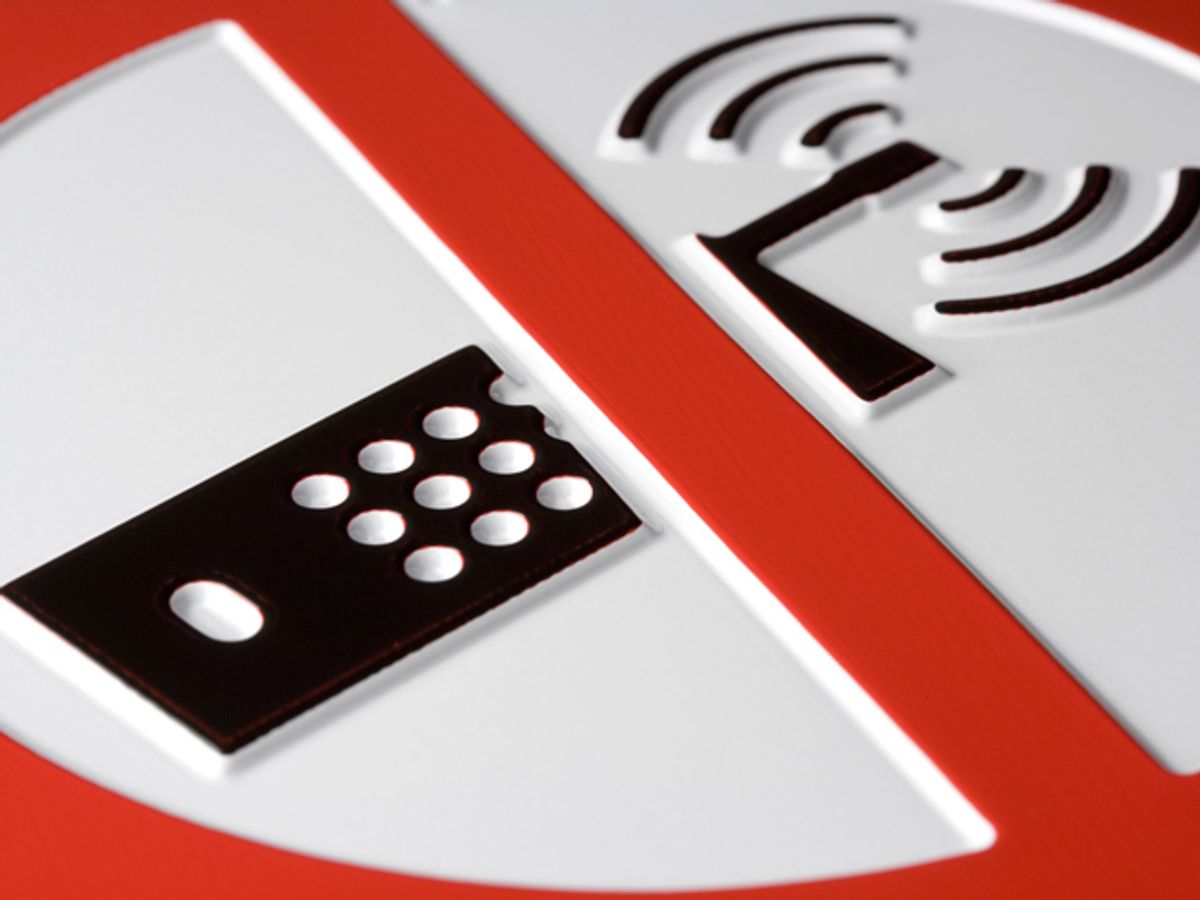California's ban on using hand-held cell phones while driving aims to reduce driver distractions that can lead to fatal road accidents. The policy's premise came into question during a recent study that found no change in accident rates for California during the six months before and after the ban became law. But the study results may simply raise bigger questions about whether cellphone bans for drivers represent effective tactics for keeping people focused on driving rather than on their mobile devices.
The study by the University of Colorado and RAND Corporation found that the number of daily road accidents did not change significantly after California's ban took effect on 1 July 2008—even when researchers accounted for factors such as weather, gas prices, numbers of drivers on the road, and the introduction of safer car models. Such research seems to directly contradict an earlier University of California-Berkeley study published in 2012 [pdf], according to The Pacific Standard. The latest findings also seem counterintuitive compared to laboratory studies that have rated the level of distraction cellphones cause.
There are several possible explanations for the study results detailed in the journal Transportation Research Part A. For instance, people who would typically drive while using a cellphone might generally be prone to distracted driving that could lead to accidents. California drivers may have also generally ignored the new law and continued using hand-held cellphones while driving. A third possibility is that past studies overestimated the risks of distracted driving.
"Disentangling these effects will be useful for policymakers in other states who are considering policies to address distracted driving," said Daniel Kaffine, an associate professor of economics at CU-Boulder, in a press release. "However, our results suggest that simply banning hand-held cellphone use may not produce the desired increase in traffic safety."
One additional explanation comes from the recent study's limited timescale—the six months before and after the California ban took effect. By comparison, the University of California-Berkeley study looked at a period of two years before and after the ban became law. That study's conclusion? Deaths attributed to drivers talking on hand-held cellphones fell by almost 50 percent.
The RAND study is not the only one to question the wisdom of cellphone bans for drivers. A number of other studies have also cast doubt on whether such bans have a significant effect on accident rates, according to Vox. Still, plenty of studies have shown how driver distractions ranging from texting behind the wheel to using voice-activated email can make driving less safe.
Any such findings have big implications for the policies that many U.S. states and territories have already passed. California represents one of 14 U.S. states—plus Washington D.C., Puerto Rico, Guam, and the U.S. Virgin Islands—that have banned the use of hand-held cellphones for all drivers. And that does not even include the far greater number of states that have banned text messaging for all drivers or banned all cellphone use for new drivers, according to the Governors Highway Safety Association.
Momentum seems to be in favor of banning the use of distracting technology. In 2012, the U.S. Department of Transportation issued voluntary guidelines listing what electronic devices drivers should not be allowed. More recently, regulators have been focused on prohibiting new devices such as the Google Glass headset . But policymakers may want to consider whether such bans need more teeth to be effective—or if they need new approaches to reducing distracted driving.
Jeremy Hsu has been working as a science and technology journalist in New York City since 2008. He has written on subjects as diverse as supercomputing and wearable electronics for IEEE Spectrum. When he’s not trying to wrap his head around the latest quantum computing news for Spectrum, he also contributes to a variety of publications such as Scientific American, Discover, Popular Science, and others. He is a graduate of New York University’s Science, Health & Environmental Reporting Program.



